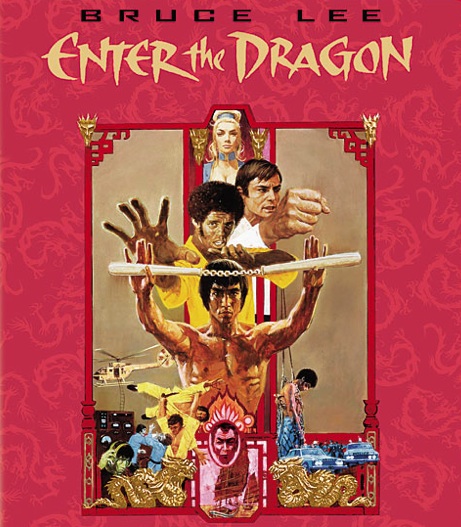Last week saw a little noticed event in the cosy world of investment banking, with Russian (and emerging markets) firm Renaissance Capital calling it quits, and closing its offices in both Hong Kong and Beijing after only two years on the ground in Asia.
Like its competitor VTB Capital, the bank had hired big guns previously with “bulge bracket” banking powerhouses. The objective: to take advantage of the expected deluge of IPOs by Russian companies that was expected to flood the market in Hong Kong, especially following the visit of then president Dmitry Medvedev in April 2011. A number of likely issuers from Russia have since routinely made the headlines although, to date, RUSAL, the world’s largest aluminium producer, remains the only company from that country to have listed in Hong Kong. Worse still, Russia still isn’t included as one of the “acceptable (sic) overseas jurisdictions” recognised by Hong Kong Exchanges and Clearing that are listed on its website (RUSAL itself was technically incorporated in Jersey).
This isn’t all about Russia, though. Renaissance’s exit also highlights the difficulties of listing international companies in Hong Kong. Many hopefuls were quick to jump onto the bandwagon – and most particularly following the IPOs of L’Occitane and Prada on the exchange. But the reality is that only a handful of those issuers have been able to tap investors in the city. Graff Diamonds is just the latest candidate to have thrown the towel a few weeks ago.
Those that have listed in Hong Kong have experienced mixed fortunes too. While Prada and L’Occitane are still trading comfortably above their IPO prices at plus 23.6% and plus 29.1% respectively, other international issuers are sharply under water. These include RUSAL (down 59.3%), Samsonite (down 12.7%) and Glencore (down 43.6%).

A number of these companies generate low trading volumes relative to the shares available for purchase by the public (also known as free float), pointing to a lack of interest by investors. Over the past month, according to Bloomberg, less than US$700,000 equivalent of RUSAL’s shares changed hands in Hong Kong every day. And the amounts for L’Occitane or Glencore were not much better at US$2 million and US$1 million respectively. Even Samsonite’s US$6.5 million pales in comparison to the US$15 million or so average daily trading volume seen for Haitong Securities there. As for share liquidity for those companies that have chosen to list in Hong Kong without issuing or selling shares (through a second – or even third – listing “by way of introduction”), it is (as one would expect) pretty much non-existent.
So HKEx’s gamble to diversify away from Chinese IPO issuers hasn’t really paid off, even if including names like Macau’s MGM China enabled it to claim that 52 per cent of listings in Hong Kong in terms of IPO funds raised in 2011 were by international companies. According to HKEx, mainland enterprises still accounted for 58.7% of the total value of shares listed (or market capitalisation) as of the end of May 2012, as well as for almost 79% of all shares traded – both metrics having actually increased since the end of last year. And the balance is, I suspect, likely to be made up for a significant part by Hong Kong companies.
Listing in Hong Kong isn’t for everyone. International issuers must have a substantial presence in China and a clear strategy for expansion in the region. With little or no growth in the West and already a large footprint in Asia, Prada ticked those boxes. Many others did not and have arguably been eyeing a listing in Hong Kong more to take advantage of seemingly higher valuations there, as well as an alternative to a depressed IPO market in Europe. Hardly a compelling reason to float in Asia.
Investors haven’t been fooled. Maybe markets are rational after all?
Philippe Espinasse, a former investment banker, is the author of “IPO: A Global Guide” (HKU Press).
[This article was originally published in The South China Morning Post on 2 July 2012 and is reproduced with permission.]
